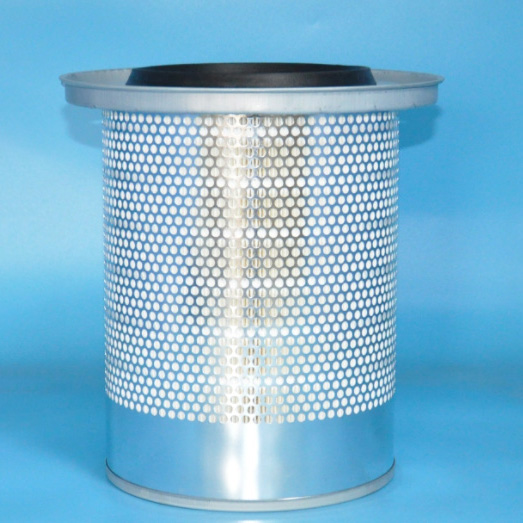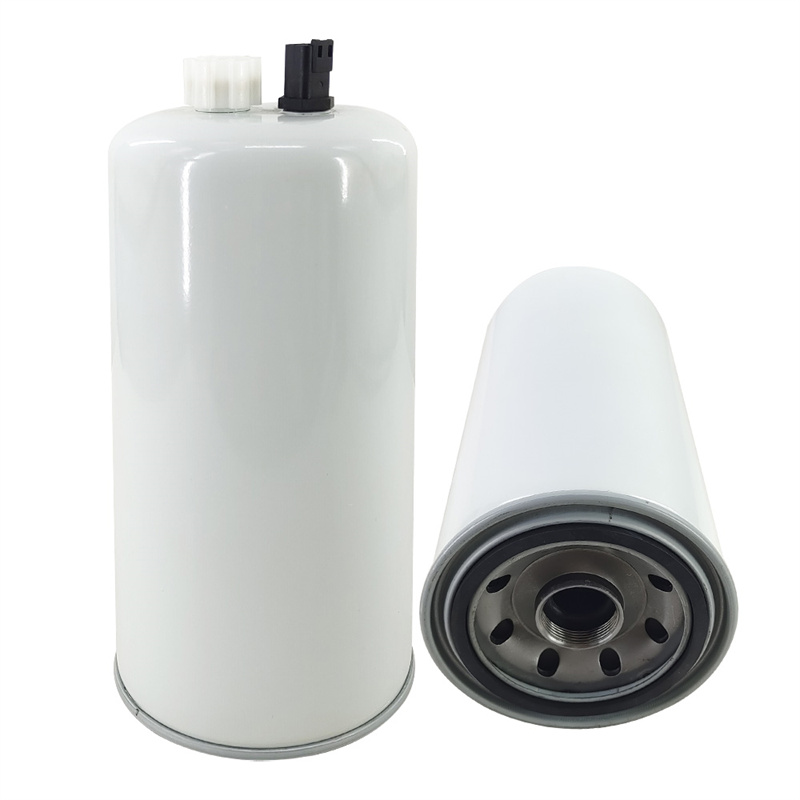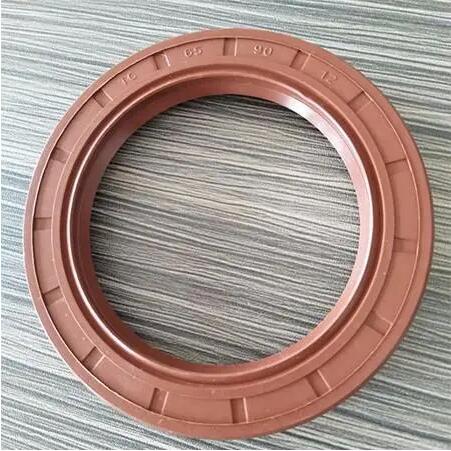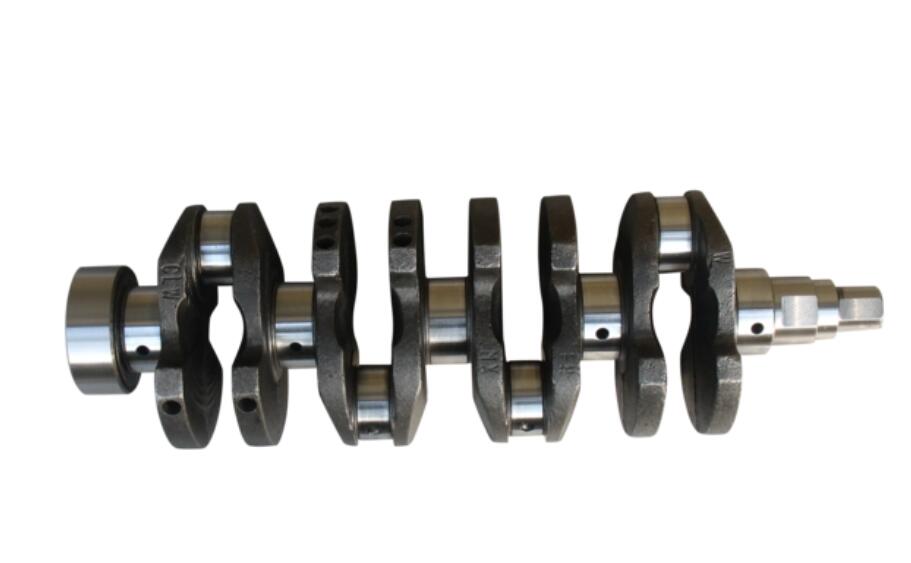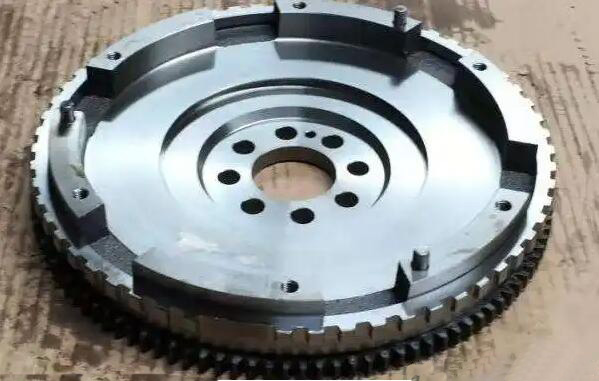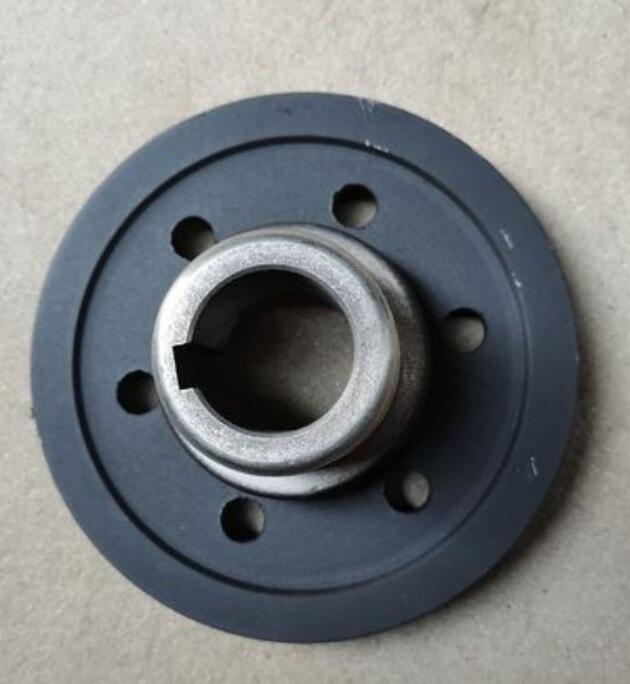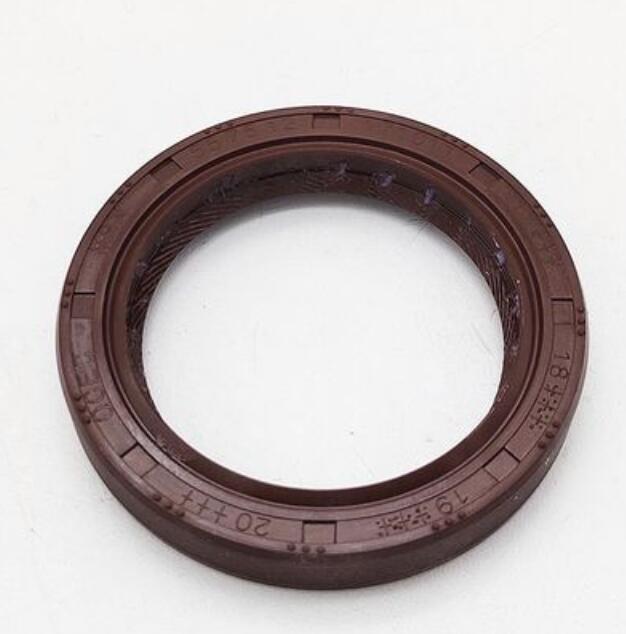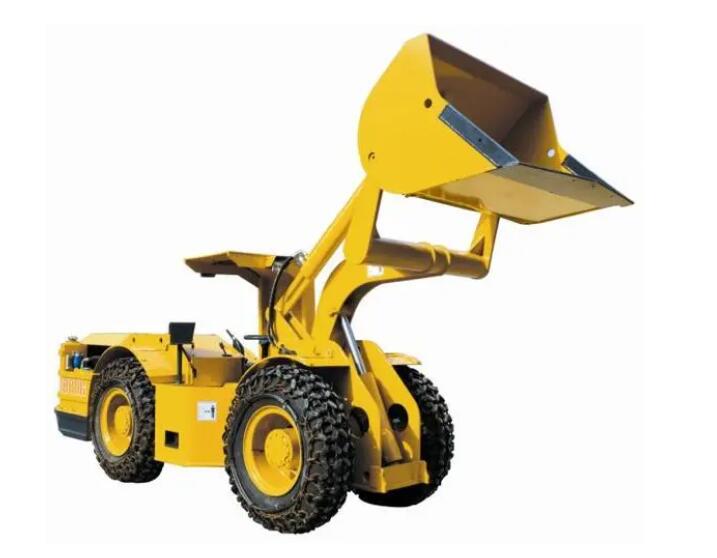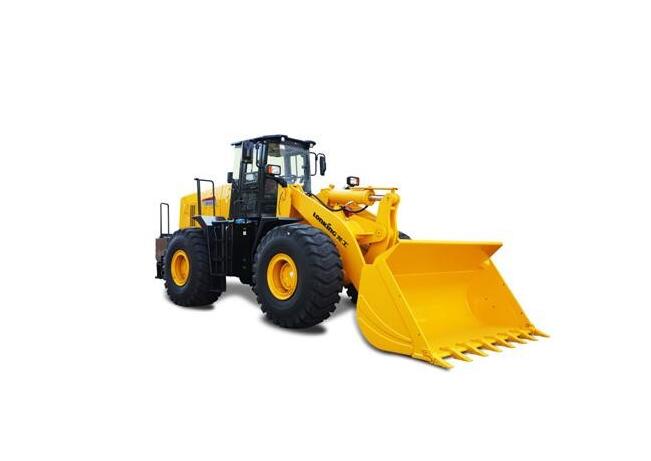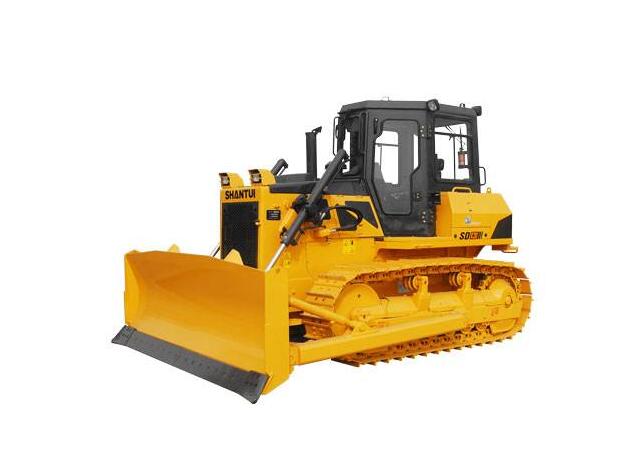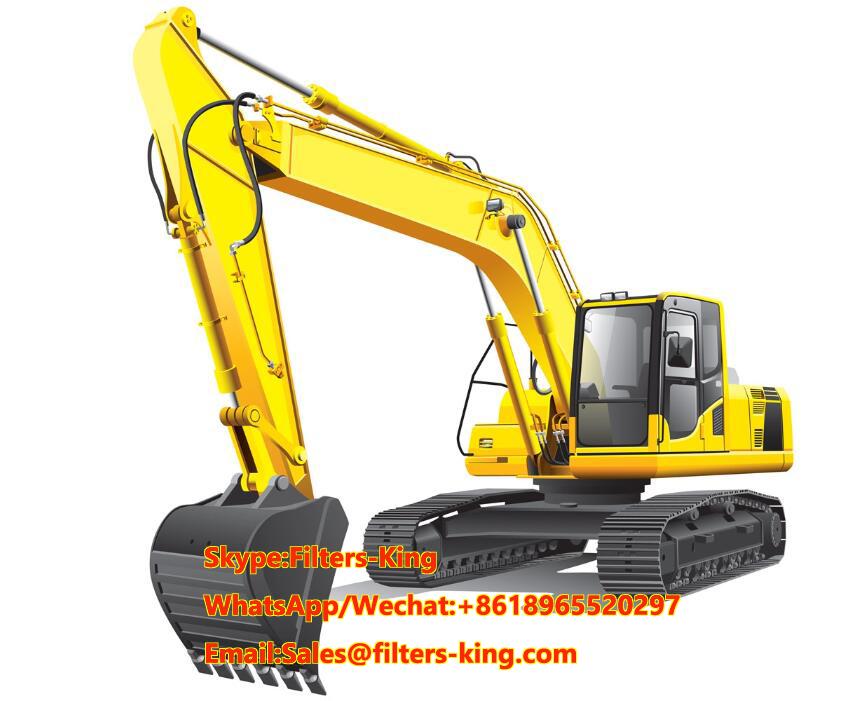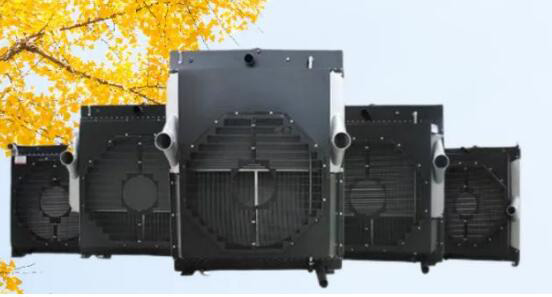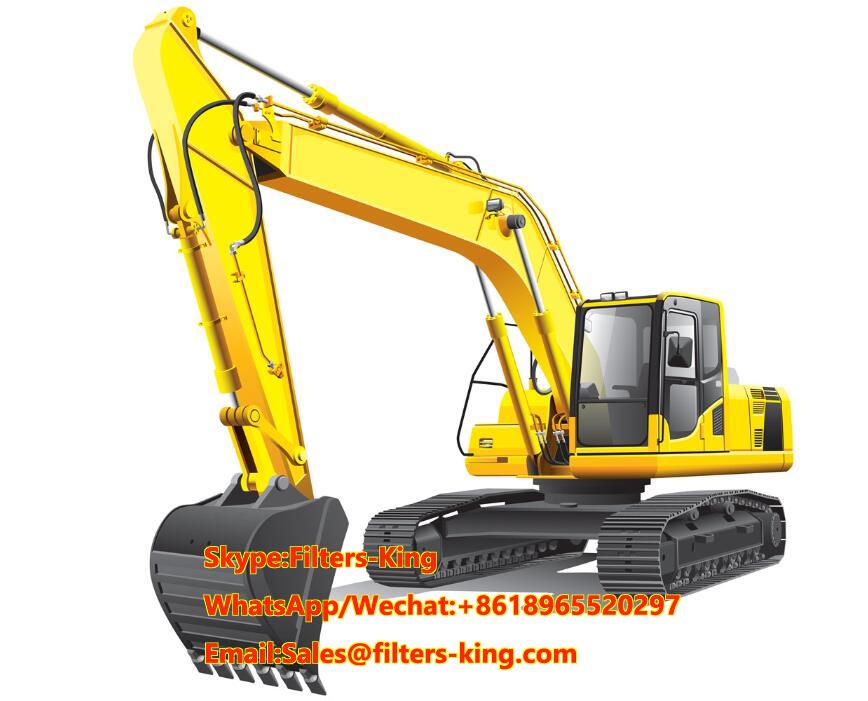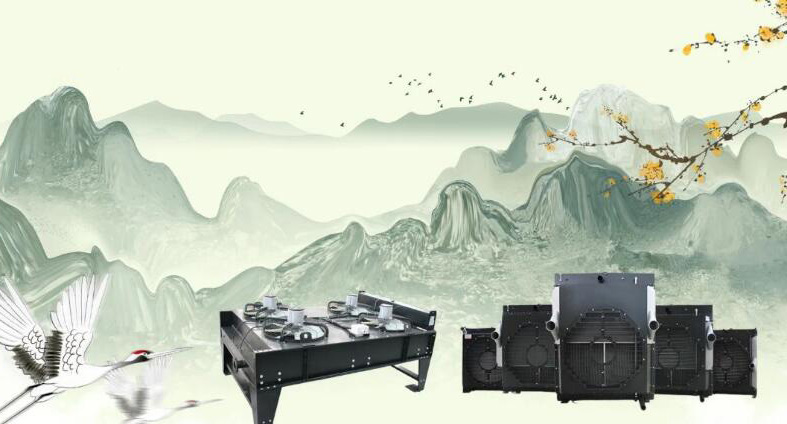Cummins VTA28-G5 Engine Filter Cross Reference
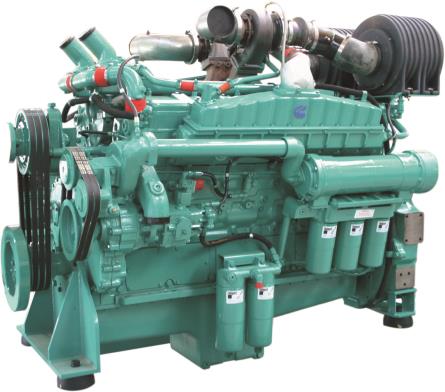
Fuel Filter 3313306 Cross Reference Number:
Agco AG330434
Alaska Diesel 2455001
Ap Lockheed LK3615 AP3615
Atlas Copco 2914617200
Baldwin BF596
Bell Equipment 220090
Buhler 61559
Caterpillar 9Y4404 3I0754 3I1155
Clark MD0961657 961657
Cummins 3375404 299202
Cummins Onan 1492232
Donaldson P550202
Dorman Diesels SE429B4
Euclid 4054556
Euclid-Hitachi E12000206
Fiat-Allis 73111946
Fleetguard FF202
Ford V61559 E1HZ9365B E1HZ9365A E1HZ9155A D9HZ9155B
Greyfriars 822S
Hitachi 4199944
Hough 1214921H1
IHC 3563465C1
Komatsu FF202 6162736302 6210716200 6003197632 6003197201 6206736201 6003197132 6003117201 6210716201 6210716202 6003197130 6003197131 6003117632 6003197111 6003197110 6003197152 VJ8004 CUFF202 CU299202 6003117152 6003117132 6003117131 6003117130 6003117111 6003117110
Mack 5839FF202
Mtu 10925601
Motorcraft FG802 FD792 FD267 FD263FP FD263
Orenstein & Koppel 1413606
Renault 5000808718
Sdmo CL82 330560505 330560067
Sisu 1273400212
Vme M0961657
Volvo VOE120002068 VOE12000206 12000206 120002068
Volvo Construction Equipment M12000206
Spin-on Lube Filter 3304232 Cross Reference Number:
Agco AG133017 AG607071
AG Chem Equipment 607070 607071
Allis-Chalmers 4322701
Ap Lockheed LK3737
Aveling-Barford ABP3001581
Baldwin B7577
Bering 2631063000
Bomag 31780104
Bosch 9455081021
Buhler 86030624
Case IH LF0077700 86987694 1608580C91 P1350561 3621381M1 L76532 572498C1 901158T1
Caterpillar 3I1206 1567414 2296554 9Y4524 9Y4468 7C4228 1W8845 1W4845
Champion Road Mach. 27872
Clark M0963023 963023 2365955
Cummins 9637 3303242 3889311 3313289 3313284 3313283 3309637 3308616 3021658
Cummins Onan 1220777 122077700 1220703 1220526
Daewoo 47400022
DAF C3313283
Demag 692306
Detroit Diesel 23530413
Dresser 1239944H1
Donaldson P550777
E.R.F. C3304232 1356344
Euclid E12978467 E129784674 129784674
Faun-Frisch 746870
Fiat-Allis 73124135 61259040
Fiat Hitachi 76502368 71455205
Fleetguard LF777
Flxible 97479900001 97520500167
Foden Y08552602 Y03426604 Y03422604
Ford V57124 SFD901158T E4HS6714AA E3HZ6731A E2HS6N602AA Dressta 1212621H1
GMC 94056207 25011187 2054371
Greyfriars 965S
Grove 9414100817
Hesston 700703332
Hino 156071440
Hitachi L4175913 76590121 76555533 4180864 H3754002100 4448735 4379562 4204048 42040481 4175913 41759131
Ingersoll-Rand 92048933 56985963 35357250
IHC 1666053C1
Irlemp PER250VC
Isuzu 132401631 1132402090 1132401631 1132401630 1132401030 1132400670 1132400660 1132400422
J.C.B. 2800960 2800227 32925322 32919502 2800003
John Deere RE42051 RE21748 PMLF777 AR98330 AR21748
Kassbohrer 20022881441
Kenworth KW777
Koehring 7305346
Komatsu CU3176079 6150517800 6002121701 CU3889311 6150517801 6002121511NR 1239944H2 LF777 6002121811 VS7035 CULF777 CU3304232 6002121511 6002121510
Lansing-Linde E780113238
Liebherr 5604365
Link-Belt 3H1749 3A15981
Mack 5839LF3635 5839LF777 3076P3555A
Massey Ferguson 1055914M2 771308M1 771308M2
Man 55505504007
Micro T6739B
Mitsubishi GM13950 37F4002100 3754002100 3754002100E 3754002100D
Motorcraft FL797 FL797A FL797AFP
New Holland 86546626
Orenstein & Koppel 1408923
Orion Bus A0502973AC
Paccar 1046Z587
Peterbilt PB777
Permatic FH502V
Poclain B1350561
Renault 50 00 812 484 5000812484
Rexworks 1023184013
Roma LUS3921
Samsung 991213283
Sdmo HLD7 330560510 330560069
Sisu 836340713 1216400531
Tec-Fil PSL277 PS277
Terex / Terex Advance 15267514
Truckcare 7105060
Versatile 57124
Valmet 800030295
Vme 119962280
Volvo VOE3131750 VOE40413306 VOE40412306 40413306 VOE12978467 VOE11996228 40412306 3131750 11996228
Volvo Construction Equipment 12978467
White 172015777
Wilson 901118
Zettelmeyer 2288144
3313287 Spin-on Lube Filter Cross Reference Number:
Agco 1055914M3
AG Chem Equipment 604208 27695
Ap Lockheed LK3496 AP3496 AP3496A
Ashok Leyland CU299670 C3313279
Aveling-Barford ABP3001582
Baldwin B96 B196
Bomag 31701670
Bosch 986B01006 9455081020
Buhler 86030625
Case IH 3621380M1 P1350553 12187
Caterpillar 9Y4464 3I1202
Champion Road Mach. 24355
Clark M0961172 961711 961172 905575
Coles 9779663 8779663
Cummins 3889310 3313280 3313279 3310445 3302026 299670
Cummins Onan 1220755
Cyclone PMA519 PM519
DAF C3313279
Demag 988779 988687 76844073
Donaldson P551670
Dresser 1239943H1
E.R.F. C299670 1356338
Euclid 4054552 15267513
Euclid-Hitachi E12000200
Faun-Frisch 4799645 4197896 4134896
Fiat-Allis 74396656 70463222 4396645
Fiat Hitachi 76191168
Fiatagri 1930741
Fleetguard LF670
Flxible 97607800151
Foden Y02942403 Y02926604
Ford V31133 E4HZ6731C E4HZ6731B E4HZ6731A 789F6714AA 789F6144AA 77MF6714AA
Ford Finiscode 1584209 1582092
GMC 25010450
Greyfriars 960S
Grove 9414100607
Hesston 700703331
Hitachi 4085913 40859131
Hough 1212622H1
Ingersoll-Rand 92048925 90769647 35357243
John Deere RE42042 PMLF670 AT280314
Kenworth KW670
Komatsu CULF670 6216543120 127564
Lansing-Linde E780113237 E780113001
Liebherr 7363465 7363165 5602720
Link-Belt 3A15999
Massey Ferguson 1055914M1
Mitsubishi 3754001101 3754001101E
Mtu 31843001
Motorcraft FL760 FL760FP FL319 FL319FP FL319A EFL141
Neopart NEOLF670
New Holland 86546625
Paccar 1046Z514 1046Z315
Pai FT050510
Permatic FH503V
Perry PF892
Peterbilt PB670
Pinguely 202427002170 1202427002170
Poclain S1350553
Ppm E2750505
Sany A222100000614
Renault 5000808716 5001004323
Rexworks 1023184012
Roma LUS101
Sdmo 330560509 330560068
Sisu 1216400521
Steiger SFD012187
Tec-Fil PSL270 PS270
Terex / Terex Advance 945197
Truckcare 7105050
Versatile 31133
Volvo 991213279 79250015 12000200 120002001
Volvo Construction Equipment M12000200
White 172010002
Wilson 901116
Zettelmeyer 2288131
